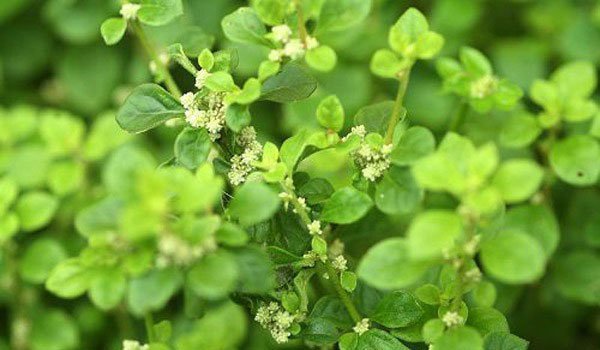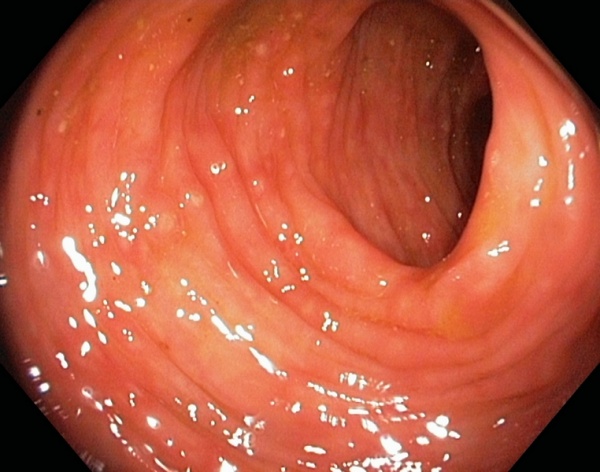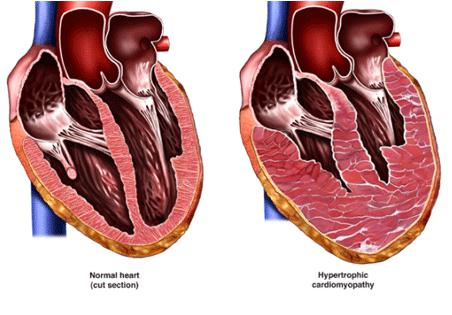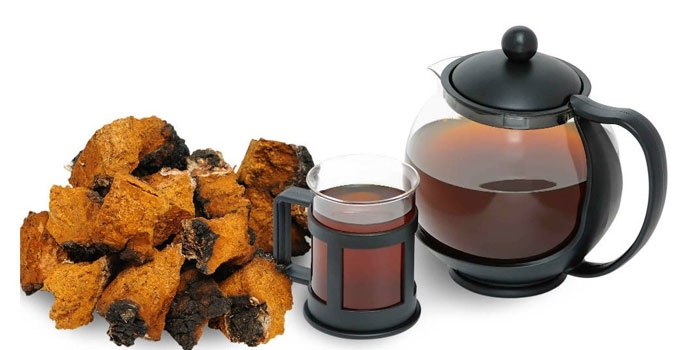What is COPD and how is it treated?
Chronic respiratory diseases are often exacerbated during cold, damp periods of the year. There are deteriorations even in the presence of bad habits, poor environmental conditions. Mostly such ailments affect people with a weak immune system, children, the elderly. COPD: what is it and how is it treated? Chronic obstructive pulmonary disease is a dangerous pathology. She periodically reminds of herself between remissions. Get to know the inflammatory process and its features closer.
What is COPD
The wording looks like this: chronic obstructive airway disease, which is characterized by partially irreversible air restriction in the airways. What is COPD? It combines chronic bronchitis and emphysema. According to medical statistics, 10% of the population of our planet over the age of 40 suffer from manifestations of COPD. Obstructive pulmonary disease is classified as the bronchitis/emphysematous type. COPD code according to ICD 10 (International Classification of Diseases):
- 43 Emphysema;
- 44 Another chronic obstructive disease.
Etiology of the disease (causes of occurrence):
- the main source of pathology is active / passive smoking;
- polluted atmosphere of settlements;
- genetic predisposition to the disease;
- the specifics of the profession or place of residence (inhalation of dust, chemical fumes, polluted air over a long period of time);
- a large number of transferred infectious diseases of the respiratory system.
COPD: what is it and how is it treated? Let's talk about the symptoms of pathology. The main signs of the inflammatory process include:
- repeated resumption of acute bronchitis;
- frequent daily bouts of coughing;
- constant discharge of sputum;
- COPD is characterized by an increase in temperature;
- shortness of breath, which increases over time (at the time of SARS or during physical exertion).
COPD classification
COPD is divided into stages (degrees) depending on the severity of the disease and its symptoms:
- the first mild stage has no signs, practically does not make itself felt;
- the stage of moderate severity of the disease is distinguished by shortness of breath with little physical activity, a cough with or without sputum may appear in the morning;
- COPD grade 3 is a severe form of chronic pathology, accompanied by frequent shortness of breath, bouts of wet cough;
- the fourth stage is the most serious, because it carries an open threat to life (shortness of breath at rest, persistent cough, sudden weight loss).
Pathogenesis
COPD: what is it and how is the pathology treated? Let's talk about the pathogenesis of a dangerous inflammatory disease. In the event of a disease, an irreversible obstruction begins to develop - fibrous degeneration, thickening of the bronchial wall. This is the result of prolonged inflammation, which is non-allergic in nature. The main manifestations of COPD are cough with sputum, progressive shortness of breath.
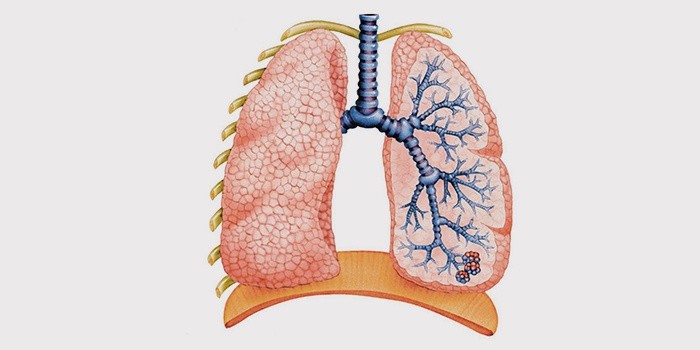
Lifespan
Many are concerned about the question: how long do they live with COPD? It is impossible to cure completely. The disease is slowly but surely developing. It is “frozen” with the help of medicines, prevention, traditional medicine recipes. Positive prognosis of chronic obstructive disease depends on the degree of pathology:
- When the disease is detected at the first, initial stage, the complex treatment of the patient allows you to maintain a standard life expectancy;
- The second degree of COPD does not have such a good prognosis. The patient is prescribed the constant use of medications, which limits normal life.
- The third stage is 7-10 years of life. If obstructive pulmonary disease worsens or additional diseases appear, then death occurs in 30% of cases.
- The last degree of chronic irreversible pathology has the following prognosis: in 50% of patients, life expectancy is no more than a year.

Diagnostics
The formulation of the diagnosis of COPD is carried out on the basis of a combination of data on an inflammatory disease, the results of an examination by imaging methods, and a physical examination. Differential diagnosis is carried out with heart failure, bronchial asthma, bronchiectasis. Sometimes asthma and chronic lung disease are confused. Bronchial dyspnea has a different history, gives a chance for a complete cure for the patient, which cannot be said about COPD.
Diagnosis of a chronic disease is carried out by a general practitioner and a pulmonologist. A detailed examination of the patient is carried out, tapping, auscultation (analysis of sound phenomena), breathing over the lungs is heard. The primary study for detecting COPD includes testing with a bronchodilator to make sure that there is no bronchial asthma, and a secondary x-ray. The diagnosis of chronic obstruction is confirmed by spirometry, a study that shows how much air the patient exhales and inhales.
Treatment at home
How to treat COPD? Doctors say that this type of chronic pulmonary pathology is not cured completely. The development of the disease is suspended by timely prescribed therapy. In most cases, it helps to improve the condition. Only a few achieve complete restoration of the normal functioning of the respiratory system (lung transplantation is indicated in the severe stage of COPD). After confirming the medical report, the lung disease is eliminated with drugs in combination with folk remedies.
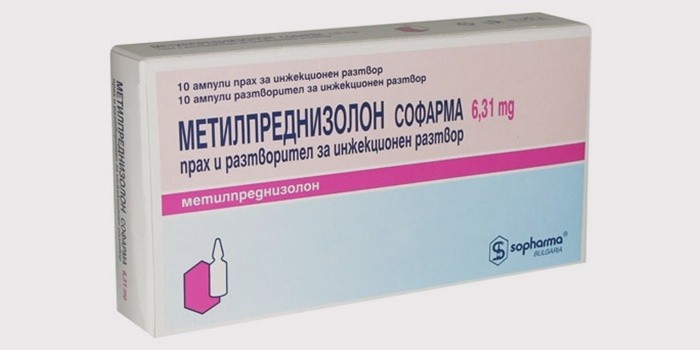
drugs
The main "doctors" in the case of respiratory pathology are bronchodilator drugs for COPD. Other medications are also prescribed for the complex process. An approximate course of treatment looks like this:
- Beta2 agonists. Long-acting drugs - "Formoterol", "Salmeterol"; short - salbutamol, terbutaline.
- Methylxanthines: "Aminophylline", "Theophylline".
- Bronchodilators: tiotropium bromide, oxitropium bromide.
- Glucocorticosteroids. Systemic: "Methylprednisolone". Inhalation: Fluticasone, Budesonide.
- Patients with severe and most severe COPD are prescribed inhaled medications with bronchodilators and glucocorticosteroids.

Folk remedies
- We take 200 g of lime blossom, the same amount of chamomile and 100 g of linseeds. We dry the herbs, grind, insist. For one glass of boiling water put 1 tbsp. l. collection. Take 1 time per day for 2-3 months.
- Grind into powder 100 g of sage and 200 g of nettle. Pour a mixture of herbs with boiled water, insist for an hour. We drink 2 months half a cup twice a day.
- Collection for removing sputum from the body with obstructive inflammation. We need 300 g of flaxseeds, 100 g of anise berries, chamomile, marshmallow, licorice root. Pour boiling water over the collection, insist 30 minutes. Strain and drink half a cup every day.
Breathing exercises for COPD
Special breathing exercises make their “mite” in the treatment of COPD:
- Starting position: lie down on your back. On the exhale, we pull the legs towards us, bend at the knees, grab them with our hands. We exhale the air to the end, inhale with the diaphragm, return to the starting position.
- We collect water in a jar, insert a straw for a cocktail. We collect the maximum possible amount of air when inhaling, slowly exhaling it into a tube. We perform the exercise for at least 10 minutes.
- We count to three, exhaling more air (pull in the stomach). On "four" we relax the abdominal muscles, inhale with the diaphragm. Then we sharply contract the abdominal muscles, cough.
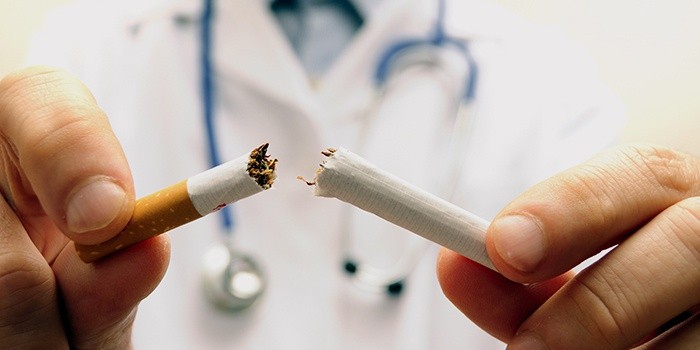
COPD prevention
Preventive measures for COPD involve the following factors:
- it is necessary to stop using tobacco products (a very effective, proven method for rehabilitation);
- influenza vaccination helps to avoid another exacerbation of obstructive pulmonary disease (it is better to get vaccinated before the onset of winter);
- revaccination against pneumonia reduces the risk of exacerbation of the disease (shown every 5 years);
- it is desirable to change the place of work or residence if they adversely affect health, increasing the development of COPD.
Complications
Like any other inflammatory process, obstructive pulmonary disease sometimes leads to a number of complications, such as:
- inflammation of the lungs (pneumonia);
- respiratory failure;
- pulmonary hypertension (high pressure in the pulmonary artery);
- irreversible heart failure;
- thromboembolism (blockage of blood vessels by blood clots);
- bronchiectasis (development of functional inferiority of the bronchi);
- cor pulmonale syndrome (increased pressure in the pulmonary artery, leading to thickening of the right heart sections);
- atrial fibrillation (heart rhythm disorder).
Video: COPD disease
Chronic obstructive pulmonary disease is one of the most serious pathologies. During the identified COPD and its complex treatment, the patient will feel much better. From the video it will become clear what COPD is, what its symptoms look like, what provoked the disease. The specialist will talk about the therapeutic and preventive measures of the inflammatory disease.
- Intercostal neuralgia - what is it and how to treat
- How to quickly get rid of dry corns on the legs
- How to treat left ventricular hypertrophy
- Rating of the best drugs for rotavirus for children
- Making tea from currant leaves, the benefits and harms of the drink
- How to drink hydrogen peroxide according to Neumyvakin - an oral regimen
- Features of the treatment of plantar fasciitis with folk remedies
- The composition and beneficial properties of parsley root
- How to get pregnant quickly? Folk remedies
- Herbs-ants in the "pot-bellied" period or the use of herbal medicine during pregnancy
- Why does a sore throat and dry cough occur, and what treatment is required?
- Guy's Room Design: Ideas and Examples
- General rules for drawing up a foundation plan House foundation drawings
- modern art deco bedroom small art deco bedroom
- Pansies: characteristics and photos of flowers
- Making an art deco bedroom: the choice of materials Beige art deco bedroom
- Bedroom interiors in art deco style Bedroom art deco style beige
- Young: planting and care in the open field Young planting and care in the open
- Varieties for open ground
- Pansies: cultivation and care in the open field




